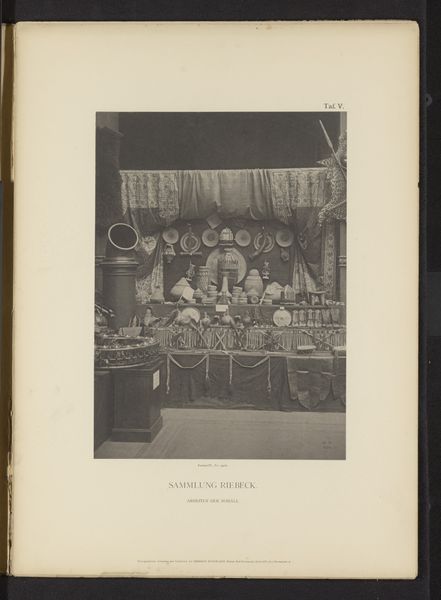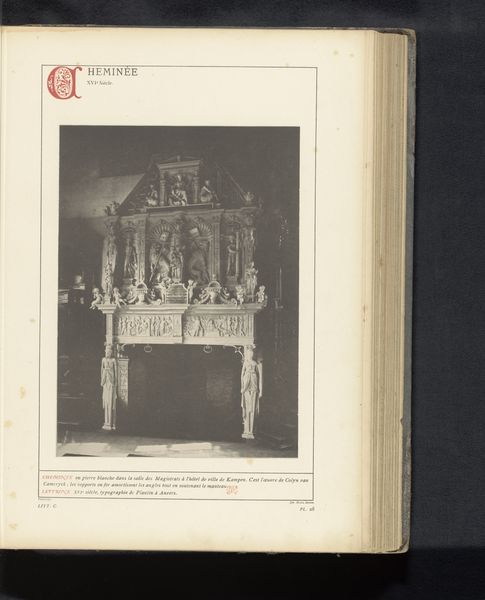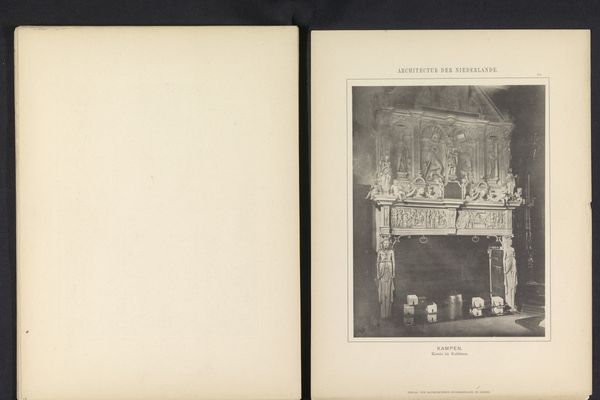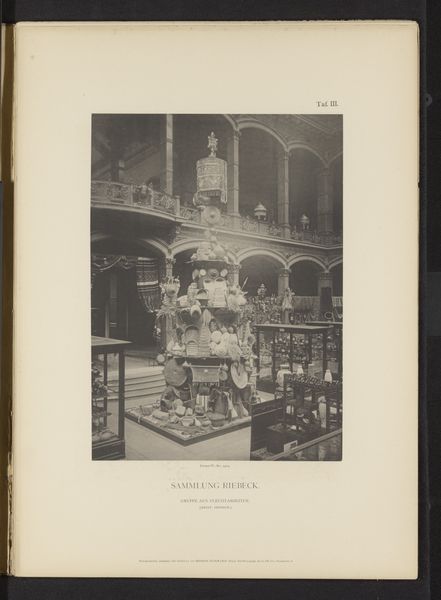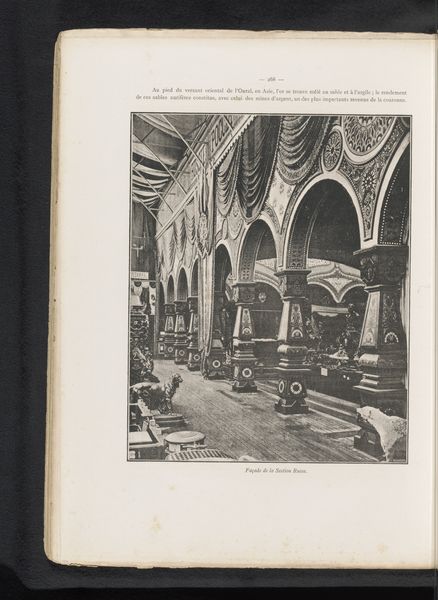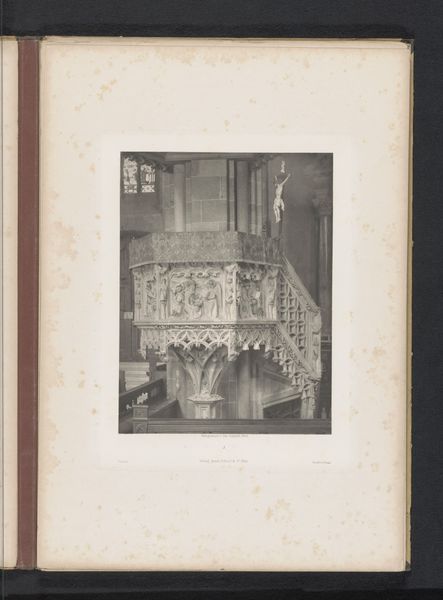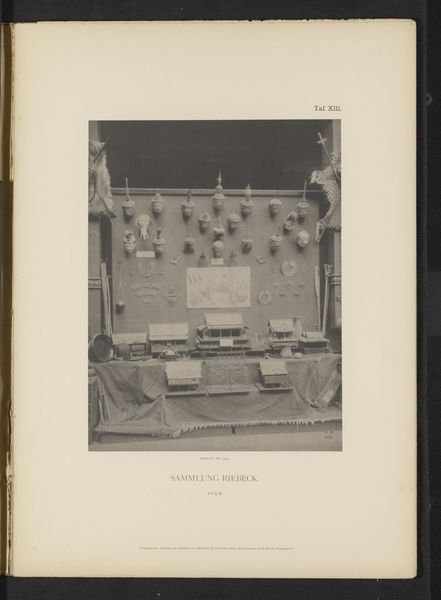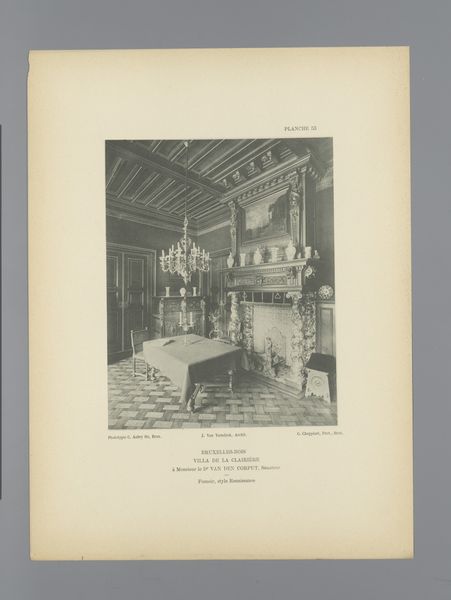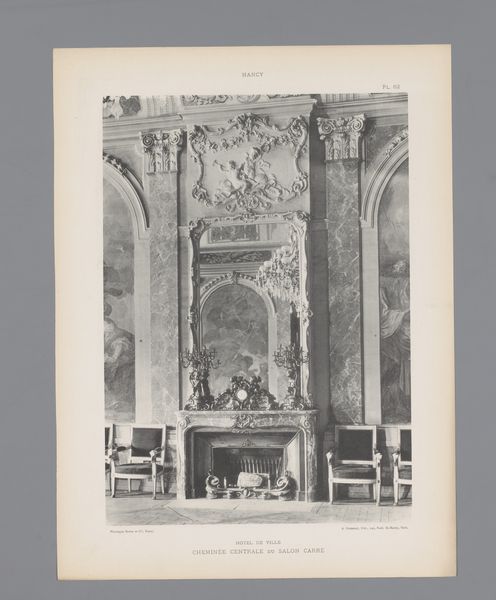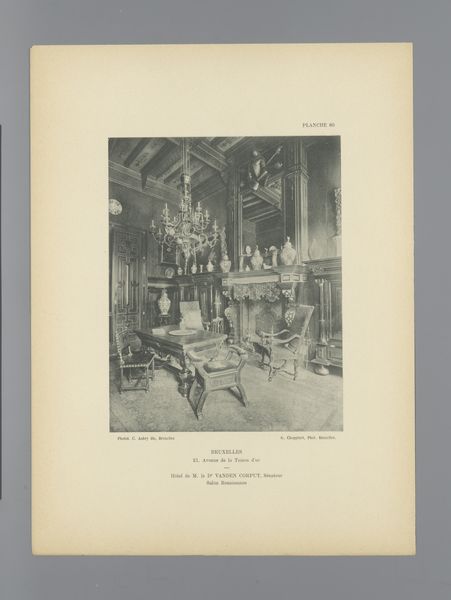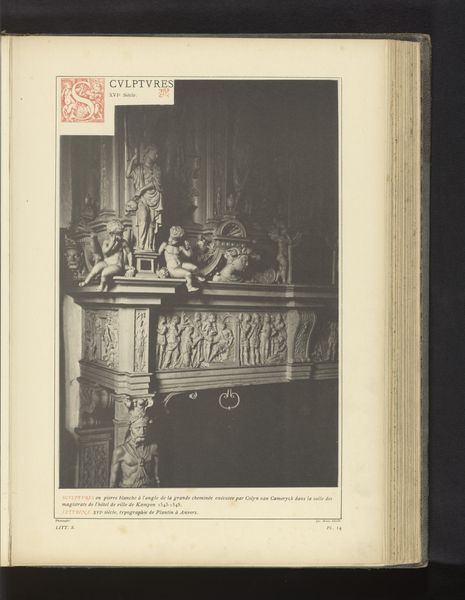
Objecten uit Chittagong uit de verzameling van Emil Riebeck, op de binnenplaats van het Kunstgewerbemuseum in Berlijn 1884
0:00
0:00
print, photography
# print
#
appropriation
#
photography
#
orientalism
Dimensions: height 310 mm, width 225 mm
Copyright: Rijks Museum: Open Domain
Editor: This print from 1884 is titled 'Objects from Chittagong from the Collection of Emil Riebeck, in the courtyard of the Kunstgewerbemuseum in Berlin' by Hermann Rückwardt. The scene seems to present collected items displayed in a rather… staged manner. What strikes you about it? Curator: The 'staged manner,' as you put it, is exactly what reveals the complex historical context. It exemplifies Orientalism, a Western fascination with, and often misrepresentation of, Eastern cultures. Notice how the objects are arranged not necessarily for understanding their cultural significance, but for creating a spectacle. Consider the museum context: how does displaying objects stripped from their original environment contribute to the power dynamics between the colonizer and the colonized? Editor: That’s interesting, the “spectacle” element wasn’t initially apparent to me. Are you saying this isn't simply documentation, but an active participation in a skewed power dynamic? Curator: Precisely. Rückwardt’s photograph, like many similar depictions of ethnographic collections, participates in the visual rhetoric of colonialism. It transforms artifacts into trophies, reinforcing a narrative of Western dominance through the act of collecting and exhibiting. Consider the audience who viewed this exhibition; what preconceived notions did they bring, and how might this display have solidified those ideas? Editor: So it’s not just about the objects themselves, but about the museum's role in shaping perceptions and perpetuating this colonial gaze. It's a good reminder to critically analyze what's behind seemingly straightforward presentations. Curator: Indeed. By understanding the historical context and institutional framework, we can begin to deconstruct the often-unacknowledged power structures embedded within museum displays and the politics of representation. This forces us to examine our own assumptions when engaging with cultural artifacts. Editor: It's definitely shifted my view of the image – seeing it now more as an intentional cultural statement. Curator: And hopefully, that newfound perspective will encourage further critical engagement with similar historical representations.
Comments
No comments
Be the first to comment and join the conversation on the ultimate creative platform.


